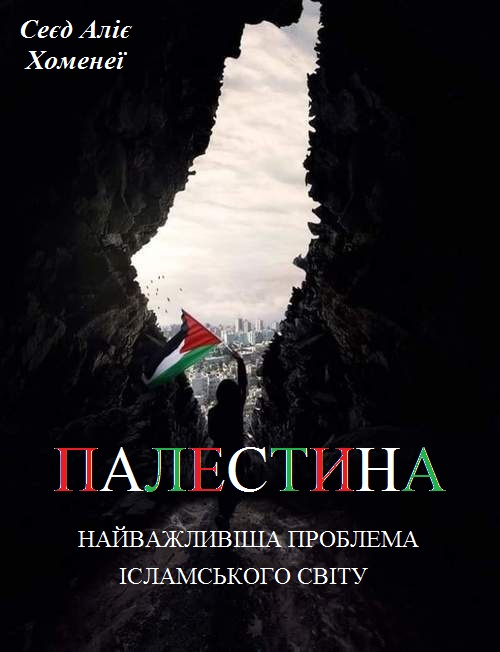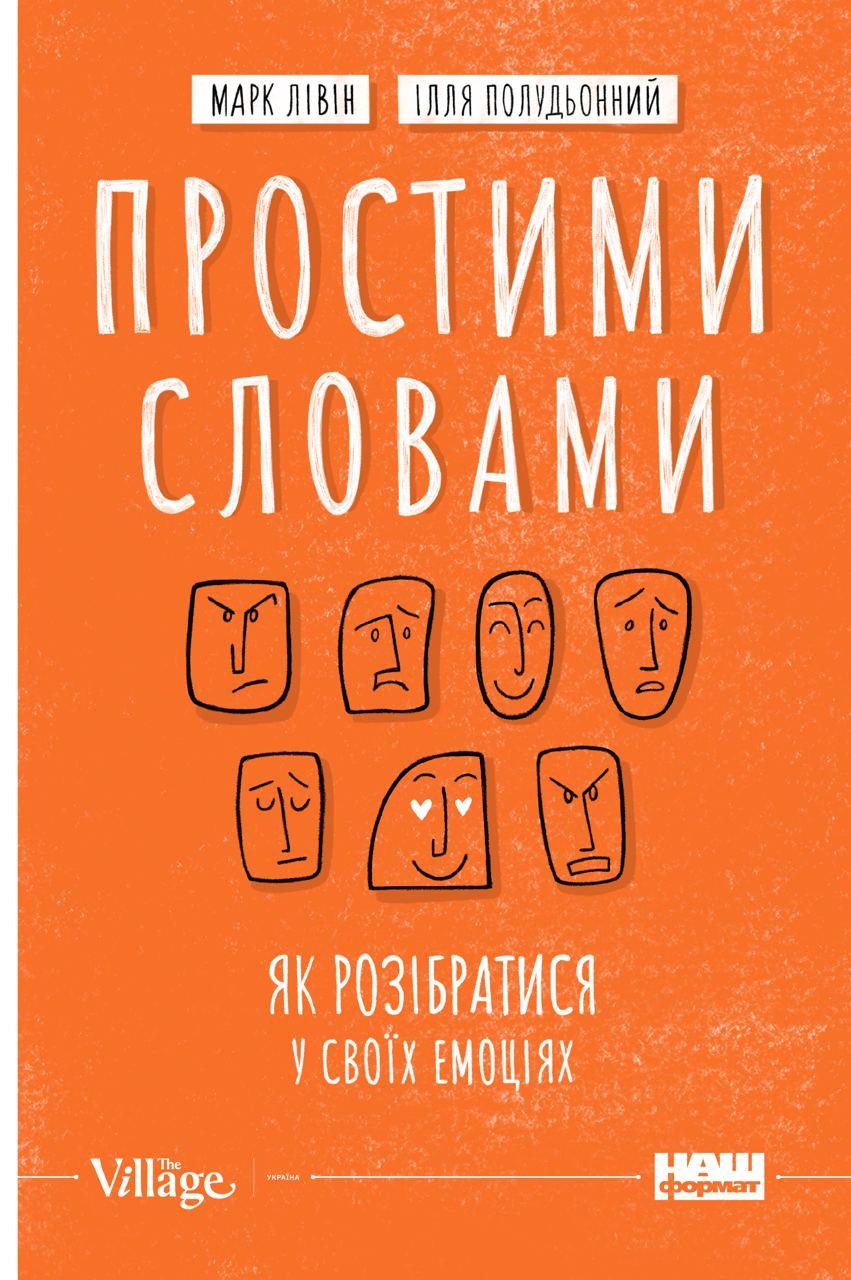Читати книгу - "Genghis Khan and the Making of the Modern World"
Шрифт:
Інтервал:
Добавити в закладку:
In due course, the Mongols became scapegoats for other nations’ failures and shortcomings. When Russia could not keep up with the technology of the West or the military power of imperial Japan, it was because of the terrible Tatar Yoke put on her by Genghis Khan. When Persia fell behind its neighbors, it was because the Mongols had destroyed its irrigation system. When China lagged behind Japan and Europe, the cause was the cruel exploitation and repression by its Mongol and Manchu overlords. When India could not resist British colonization, it was because of the rapacious greed of Moghul rule. In the twentieth century, Arab politicians even assured their followers that Muslims would have invented the atomic bomb before the Americans if only the Mongols had not burned the Arabs’ magnificent libraries and leveled their cities. When American bombs and missiles drove the Taliban from power in Afghanistan in 2002, the Taliban soldiers equated the American invasion with that of the Mongols, and therefore, in angry revenge, massacred thousands of Hazara, the descendants of the Mongol army who had lived in Afghanistan for eight centuries. During the following year, in one of his final addresses to the Iraqi people, dictator Saddam Hussein made similar charges against the Mongols as the Americans moved to invade his country and remove him from power.
Amidst so much political rhetoric, pseudoscience, and scholarly imagination, the truth of Genghis Khan remained buried, seemingly lost to posterity. His homeland and the area where he rose to power remained closed to the outside world by the Communists of the twentieth century, who kept it as tightly sealed as the warriors had done during the prior centuries. The original Mongolian documents, the so-called Secret History of the Mongols, were not only secret but had disappeared, faded into the depths of history even more mysteriously than Genghis Khan’s tomb.
In the twentieth century, two developments gave the unexpected opportunity to solve some of the mysteries and correct part of the record about Genghis Khan. The first development was the deciphering of manuscripts containing the valuable lost history of Genghis Khan. Despite the prejudice and ignorance regarding the Mongols, scholars throughout the centuries had reported occasional encounters with the fabled Mongol text on the life of Genghis Khan. Like some rare animal or precious bird thought to have been extinct, the rumored sightings provoked more skepticism than scholarship. Finally, in the nineteenth century, a copy of the document written in Chinese characters was found in Beijing. Scholars easily read the characters, but the words made no sense because they had been recorded in a code that used Chinese characters to represent Mongolian sounds of the thirteenth century. The scholars could read only a small Chinese language summary that accompanied each chapter; these offered tantalizing hints at the story in the text, but otherwise the document remained inexplicable. Because of the mystery surrounding the document, scholars referred to it as The Secret History of the Mongols, the name by which it has continued to be known.
Throughout most of the twentieth century, the deciphering of the Secret History remained mortally dangerous in Mongolia. Communist authorities kept the book beyond the hands of common people and scholars for fear that they might be improperly influenced by the antiquated, unscientific, and nonsocialist perspective of the text. But an underground scholarly movement grew around the Secret History. In nomadic camps across the steppe, the whispered story of the newfound history spread from person to person, from camp to camp. At last, they had a history that told their story from the Mongol perspective. The Mongols had been much more than barbarians who harassed the superior civilizations around them. For the Mongol nomads, the revelations of the Secret History seemed to come from Genghis Khan himself, who had returned to his people to offer them hope and inspiration. After more than seven centuries of silence, they could, at last, hear his words again.
Despite official Communist repression, the Mongol people seemed determined that they would not lose these words again. For a brief moment, the liberalization of political life following the death of Stalin in 1953 and the admission of Mongolia to the United Nations in 1961 emboldened the Mongol people, and they felt free to reexplore their history. The country prepared a small series of stamps in 1962 to commemorate the eight hundredth anniversary of the birth of Genghis Khan. Tomor-ochir, the second highest ranking member of the government, authorized the erection of a concrete monument to mark the birthplace of Genghis Khan near the Onon River, and he sponsored a conference of scholars to assess the good and the bad aspects of the Mongol Empire in history. Both the stamp and the simple line drawing on the monument portrayed the image of the missing sulde of Genghis Khan, the horsehair Spirit Banner with which he conquered and the resting place of his soul.
Still, after nearly eight centuries, the sulde carried such a deep emotional meaning to both the Mongols and to some of the people they had conquered that the Russians treated its mere display on a stamp as an act of nationalist revival and potential aggression. The Soviets reacted with irrational anger to the fear that their satellite state might pursue an independent path or, worse yet, side with Mongolia’s other neighbor, China, the Soviet Union’s erstwhile ally turned enemy. In Mongolia, the Communist authorities suppressed the stamps and the scholars. For his traitorous crime of showing what party officials labeled as “tendencies directed at idealizing the role of Genghis Khan,” the authorities removed Tomor-ochir from office, banished him to internal exile, and finally hacked him to death with an ax. After purging their own party, the Communists focused attention on the work of Mongolian scholars, whom the party branded as anti-party elements, Chinese spies, saboteurs, or pests. In the antinationalist campaign that followed, authorities dragged
Увага!
Сайт зберігає кукі вашого браузера. Ви зможете в будь-який момент зробити закладку та продовжити читання книги «Genghis Khan and the Making of the Modern World», після закриття браузера.



